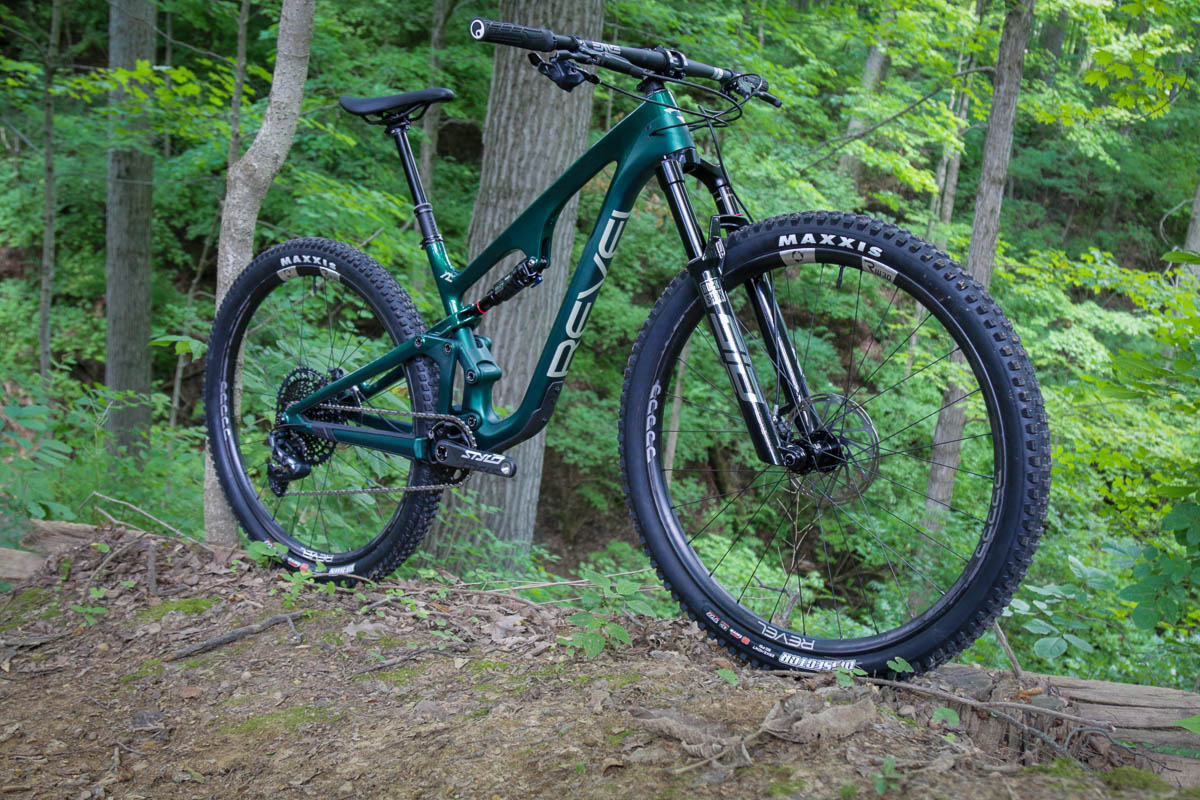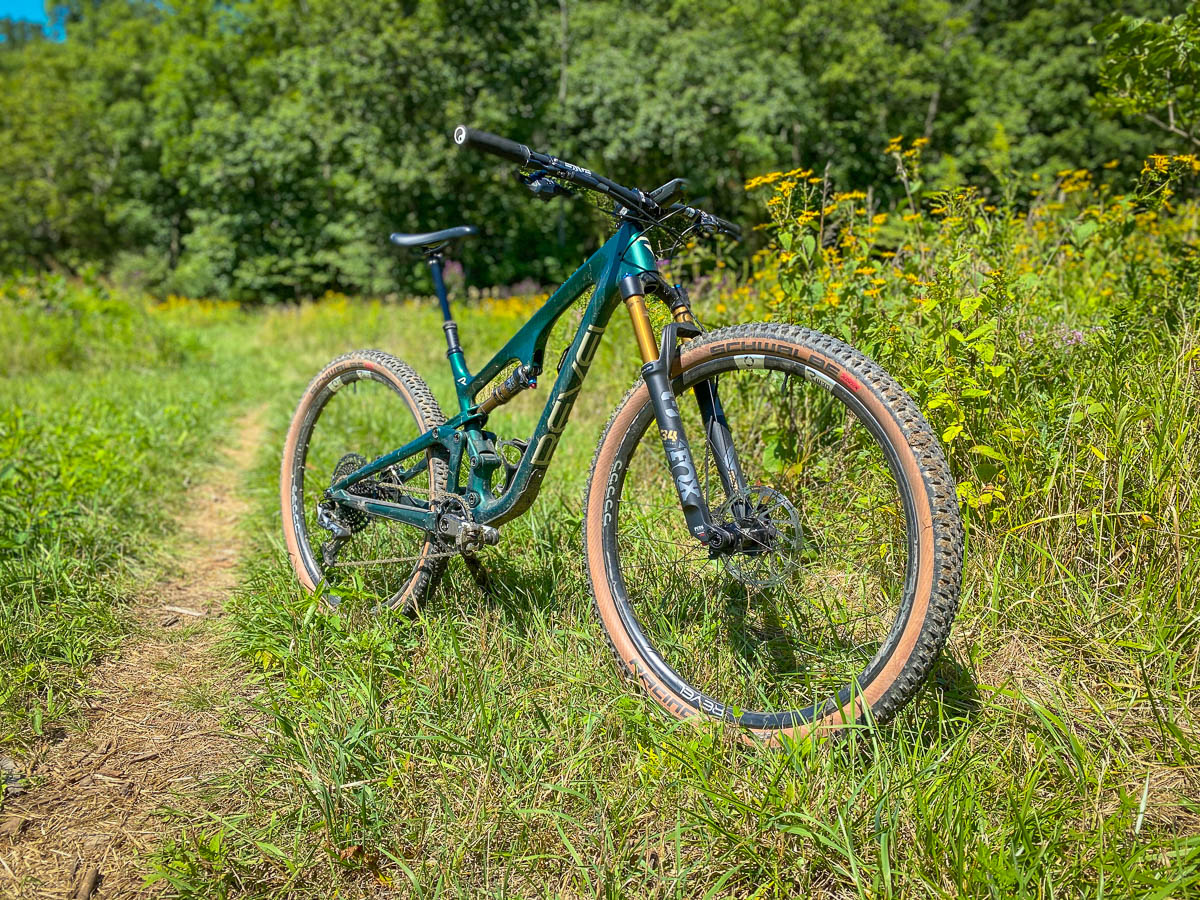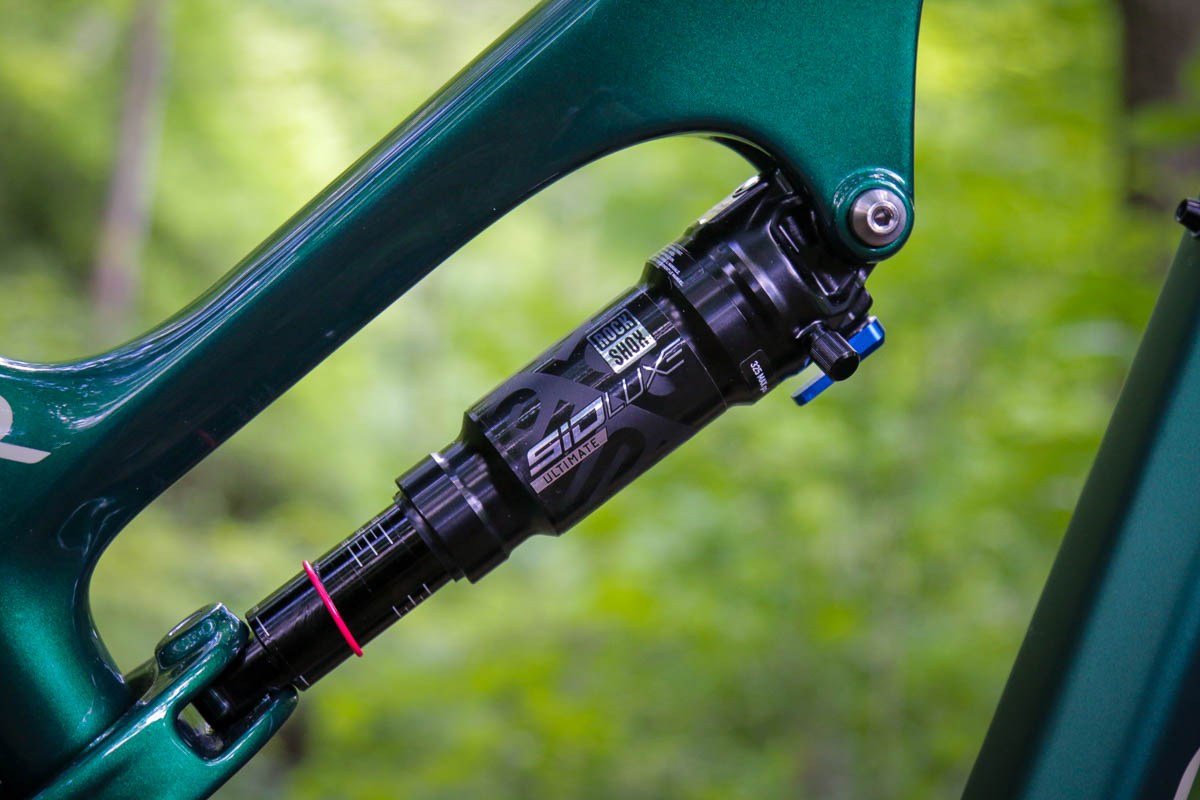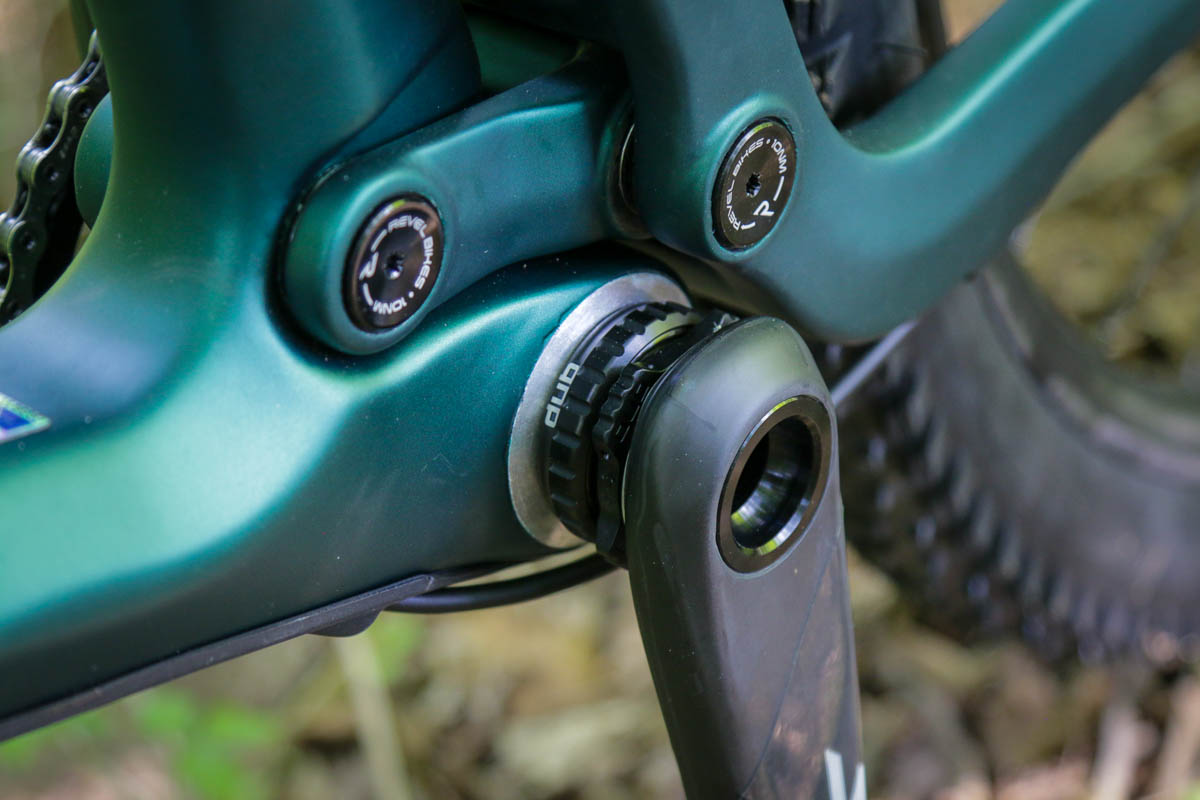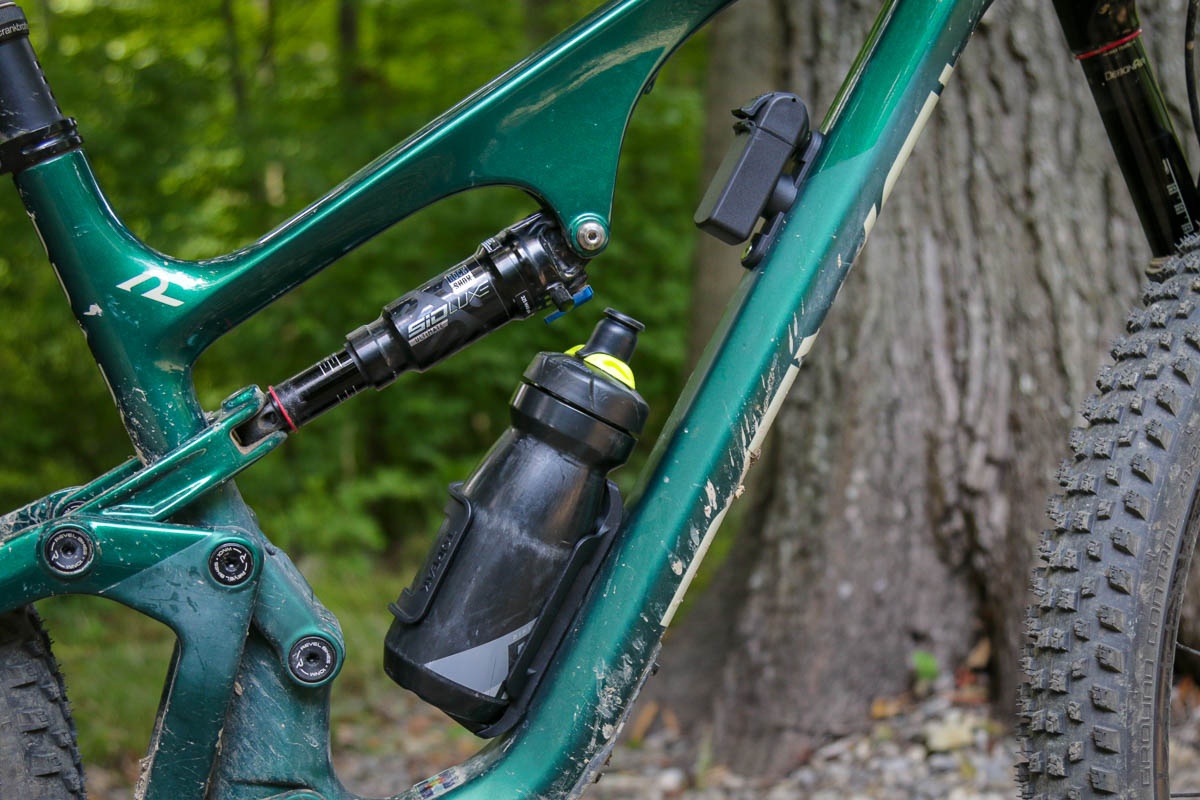You can tell a lot about a bike based on how long it’s been in for a review. Sometimes, quick turn arounds are required by the manufacturer so the bike can make the rounds for different publications. Other times, we are happy to send a bike back for any number of reasons. And then there are times when a bike hangs around much longer than planned, like with the Revel Ranger.
That’s usually a good sign, as it means we just can’t seem to part with it. That’s the case when it comes to this bike. More than once, I thought I was done with the review (and the bike), only to pick it back up again to rack up more miles do some more, uh, testing.
Part of that extended testing process involved multiple options when it came to suspension. Initially shipped out with a full RockShox SID kit, Revel asked if I wanted to try out the alternate Fox suspension set up as well. That essentially made for two different bikes to test, and a lot of back and forth of parts and suspension tunes.
At this point, I’ve had more than enough time on the Ranger to say that it is an awesome bike, regardless of suspension choice – and one that feels different than many of the short travel aggressive trail bikes out there.
I really am not a huge fan of the term ‘downcountry’, but it’s stuck around because it’s an easy way to describe this type of bike. Aggressive Cross Country just doesn’t have the same ring to it. For those that aren’t up on the latest MTB nomenclature, downcountry refers to bikes that are XC light and efficient but built with the geometry and parts needed to get rowdy.
Great Suspension

While many of these bikes feel like lightweight XC race machines that have been stretched into slightly longer travel machines, the Ranger feels different. It’s certainly short travel – just 115mm from the CBF (Canfield Balance Formula) suspension system paired with a 120mm suspension fork. But the way that it’s packaged makes the Ranger feel more like a mini-enduro bike rather than a more capable XC bike.
Part of that is likely the CBF suspension itself. Like other bikes in the Revel family, the Ranger’s suspension feels impressively pedal efficiently without giving anything up when it comes to suspension performance when it’s needed. For a bike this small, the suspension is eye-opening when things get rough. Close your eyes on a downhill (OK, don’t really do that), and you could easily be convinced you’re riding the 130mm travel Revel Rascal (which rides much more capable than its own numbers would imply). That includes being incredibly forgiving when touching back down to Earth. Even when using every last millimeter of travel, the CBF platform remains completely controlled allowing you to focus on your line, rather than what the suspension is doing.
Actual Weight

Admittedly, the Ranger doesn’t feel quite as fast as other downcountry bikes on the XC bits. But the trade-off is a bike that feels more capable on the parts of the trail that matter – the technical bits. It still pedals extremely well, but there’s just something about it that feels a bit slower. That could certainly be the weight. Compared to something like the previous gen Santa Cruz Blur TR, the RockShox build of the Ranger is more than 2lbs heavier.
The Ranger frame isn’t particularly light for its class at a claimed 6.1lbs for a medium frame with a SID shock. Depending on your idea of the perfect ‘XC’ bike though, that added weight with better performing suspension could certainly be worth it.
When it comes to the suspension itself, you have a choice. Complete builds are offered with either a RockShox SID fork and rear shock, or a Fox Float 34 Step-Cast Factory fork with Fox Float DPS Factory shock. This Ranger was sent out as an SRAM X01 Eagle build which included a RockShox SID Ultimate fork and SID Luxe Ultimate rear shock. As a demo bike, this setup had been ridden previously and then repacked for shipping. I only mention that since when it showed up, the fork was compressed and wouldn’t extend when inflated with a shock pump. After consulting with RockShox, the fix was completely deflating the air spring, attaching the pump, and physically pulling the fork lowers from the uppers while pumping up the spring. It was kind of a pain, but after that initial hiccup, the fork has performed well since.
As mentioned, I’ve also spent time on the Revel Ranger with the Fox suspension package. Honestly, for most riders, the difference will likely be negligible. There is a slight weight penalty for the Fox components of about 105g for the fork and shock combined.
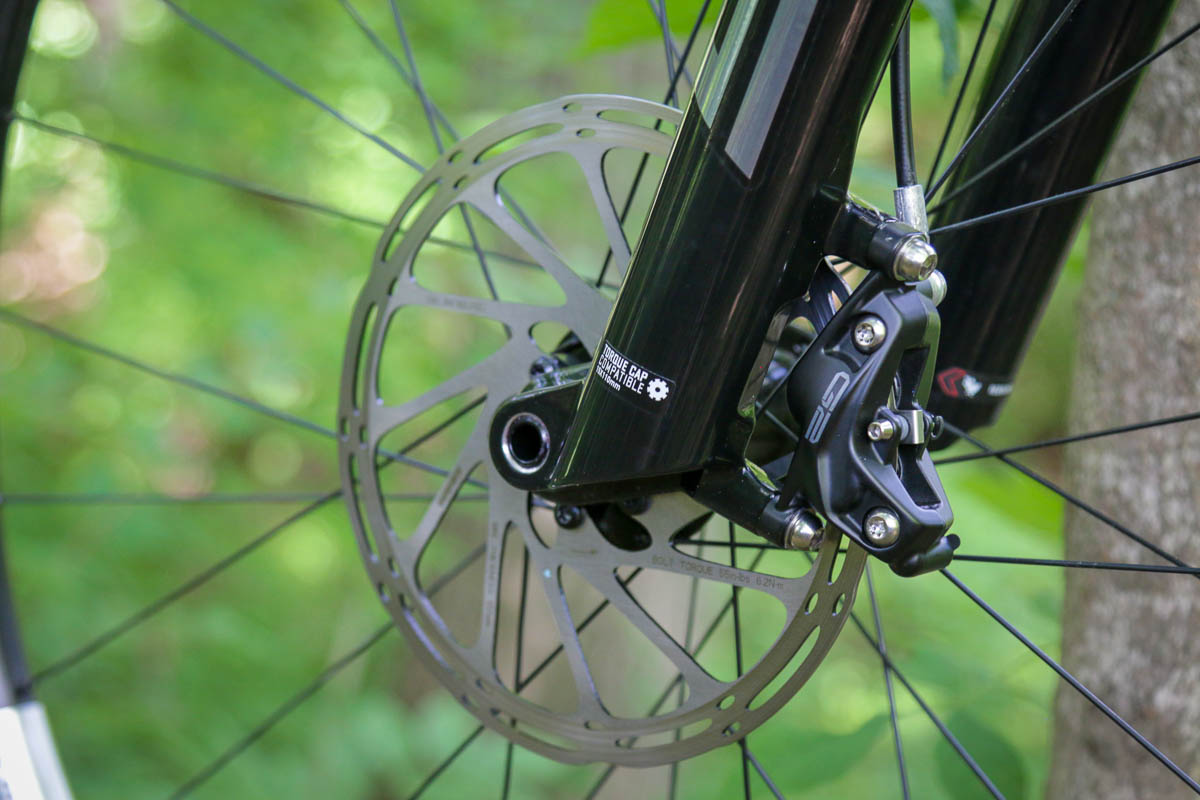
There’s also a tiny penalty at the front brake since the SID has a 180mm post mount brake caliper. You’ll need to add a brake adapter and longer bolts on the Fox fork to run a 180mm rotor (but you also gain the ability to run a 160mm rotor if desired).
My overall impression of the two setups was that the SID suspension led to a slightly more racey feel while still maintaining big-hit performance. The SID damping is impressive for such light components, but the Fox suspension felt a little more controlled in terms of damping. Interestingly, the RockShox suspension seems to be improving with use. It’s also pretty impressive to consider that the SID Ultimate has a larger 35mm chassis, yet is lighter than the Fox 34.
One thing to note is that the CBF suspension is so good at its job, that shocks with built in pedal platforms are almost unnecessary. My preferred setting on either shock was full open, which still made for a bike that could hammer up climbs without a hint of bob, then turn around and float to the bottom. I did use the firmest setting while pedaling on the road to get to the trailhead, but that’s about it. Note that there is an option for a remote lockout kit for the rear shock with internal routing through the frame – if that’s your thing.
Frame Details
In terms of the frame itself, the Ranger uses the same advanced carbon layup tech found in other Revels, that was optimized by ENVE Co-Founder Jason Schiers. Details include a threaded 73mm bottom bracket, an IS42/52 tapered headset, Boost 148mm x 12mm rear axle, a custom Revel chainguide, internal cable routing, and a 160mm post mount rear brake.
More Room for Tires
One of the most notable specifications is the listed tire clearance of 29 x 2.6″. I was honestly a bit skeptical – the Revel Rascal barely has room for a 2.4″ rear tire, and this bike can fit a 2.6″? Yup. It can. And with plenty of mud clearance. I threw in a 29 x 2.6″ Schwalbe Nobby Nic on a properly wide rim with a 35mm internal width, and it fit with plenty of room to spare. With that said, the stock 2.4″ tires are probably more ideal for the bike’s intended purpose, but if you wanted to run wider tires for specific purposes, you can.
More Room for Bottles & Accessories
The other welcomed improvement comes in the form of bottle or accessory mounts. Thanks to a new shock layout, the Revel Ranger has more room for accessories than the Rascal. On a medium, that room for a water bottle inside the main triangle is still limited, but with some fettling you can get a bigger bottle in the main mount position under the shock. Bigger bikes have it easier with more room for larger bottles, as usual.
Your best bet is to use a side mount cage like the Topeak Ninja Master+ shown above. We just got this in, but it’s a great design that allows you to choose which side you want the bottle to be accessible from. It also makes getting the bottle in and out much easier than a traditional bottle cage. The cage also has the ability to mount the tool underneath, but in this case, there isn’t enough room in the frame for it to fit.
Fortunately, there is an upper mount for accessories like that Topeak Ninja Master+ ToolBox or a Wolf Tooth Components BRAD strap base. The Topeak ToolBox is neat and tidy and allows faster access to the multi-tool. However, if you use something like the BRAD strap base and their TekLite Roll Top Bag, you can fit a mutli-tool, spare tube, tubeless plugger, and mini pump or CO2 in the same space.
There’s also the bottle cage mount on the bottom of the down tube for another bottle or accessories.
Geometry

The geometry includes a 67.5° head tube angle and a 75.3° seat tube angle, and modern but not outrageous reach numbers. You can really feel that difference in reach if you’re used to ultra long bikes, but the geometry numbers give the Ranger a versatile fit that feels at home both on old school XC trails and more modern flow trails. I’ve ridden the Ranger on everything from shuttle laps to big XC missions without ever feeling like I was on the wrong bike.
Build Kit

From a distance, the Revel Ranger might appear to be an XC bike, but up close the build kit tells another story. Nearly all of the additional parts are worthy of bikes with bigger travel numbers like SRAM G2 RSC brakes with four piston calipers, 780mm wide ENVE M6 carbon bars with a short 40mm Truvativ Descendant stem, and Maxxis Dissector/Rekon EXO tires.
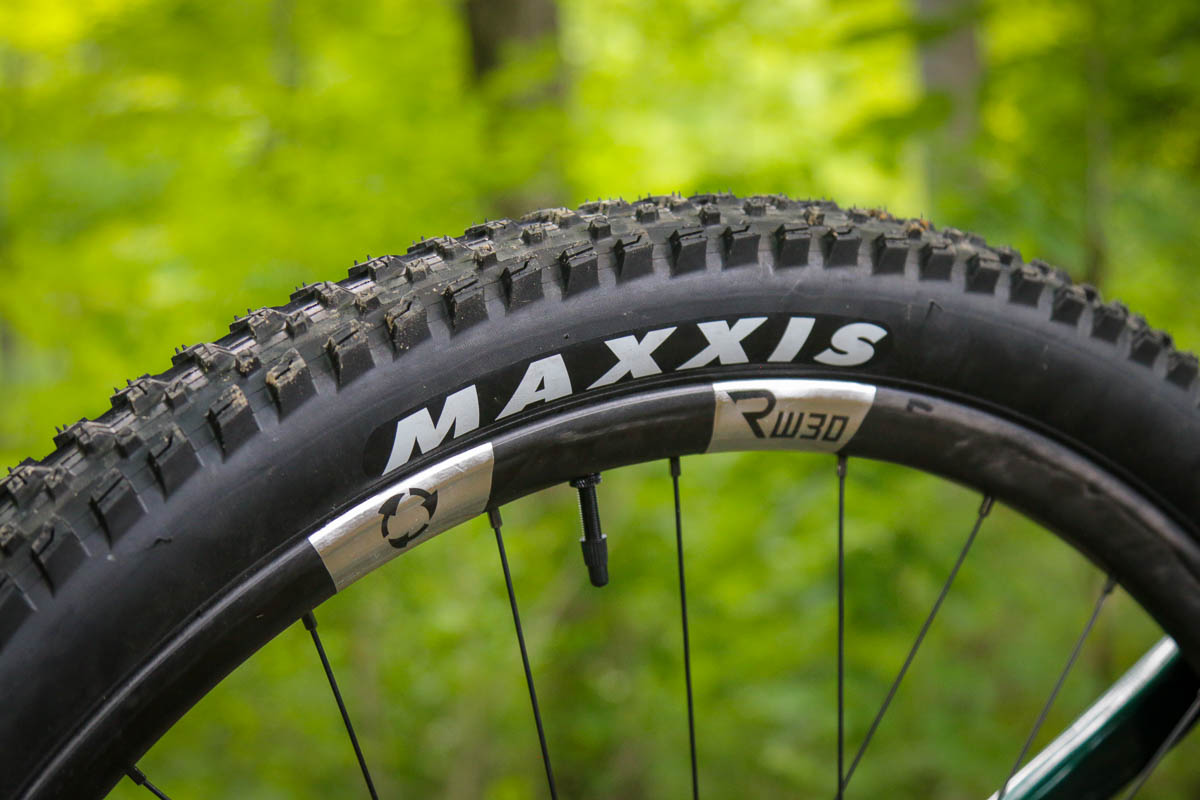
When this Revel Ranger was sent out, the company hadn’t yet unveiled their new RW27 carbon wheels. Which meant that my test bike was equipped with their wider RW30 wheels, which were great. But the whole time I couldn’t help but think the bike would benefit from something a bit lighter and more XC/Trail oriented.

Well, now that the RW27 wheels exist, that’s what will be speced on this build level – and they should be a perfect match. The Revel Fusion-Fiber carbon wheels have proven to be exceptionally durable and lend a smoother ride quality to the bike with the added benefits of being recyclable.
Other highlights include a SRAM X01 Eagle drivetrain with a mega 10-52t cassette, a SRAM Stylo Carbon DUB crank, and a Crank Brothers Highline 7 dropper post. With the exception of the rear derailleur that was taken out by a rock that was flipped up by the front wheel on a high speed descent, all of the components are still performing like new (even after a lot of use).
Revel Ranger Availability & Pricing
Pricing for the Ranger starts out at $5,499 for a complete SRAM GX Eagle build, but as tested, the X01 Ranger is priced at $7,699. There’s also an option for a frame+rear shock for $2,999, or the frame+rear shock+suspension fork for $3,699. At the moment, Revel doesn’t have anything in stock – which is endemic of the bike industry this summer. Revel is expecting the next shipment this fall, and they’re bound to go fast. If you want to pre-order a bike and reserve yours, Revel just asks for a $100 refundable deposit. At that point, they say they’ll provide a more accurate lead time as well based on the build you choose (different components have different lead times at the moment).
Final Thoughts on the Revel Ranger
Going into this review, I sort of expected something along the lines of other downcountry bikes. Knowing the team behind Revel Bikes though, I should have known better. On paper, the Ranger is very similar, but on the trail it’s clearly a different beast. The Ranger feels so capable that it leaves me thinking that it may cannibalize some of the Rascal’s sales. The Rascal is still an incredible bike – and one that I ride regularly.
But there are very few trails around here that would make me grab the Rascal over the Ranger. Which makes the Ranger feel like the perfect bike for riders who think they may want something lighter and more efficient than the average trail or enduro bike – but who don’t see themselves among the spandex-clad, XC racing set. You could technically still race XC on the Ranger. But you’d probably be that guy putting more effort into styling out the jumps and having fun, rather than winning the race. Which is precisely the point.
For more on the Revel Ranger, check out our original post here.

